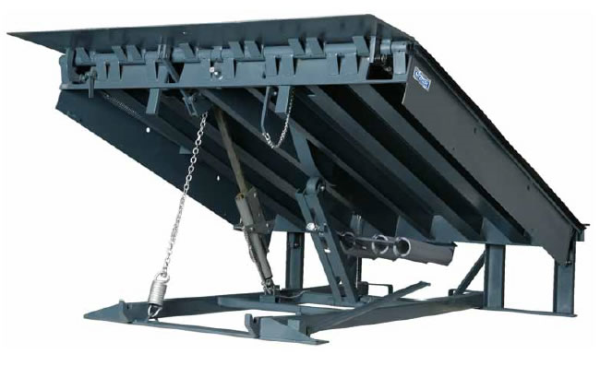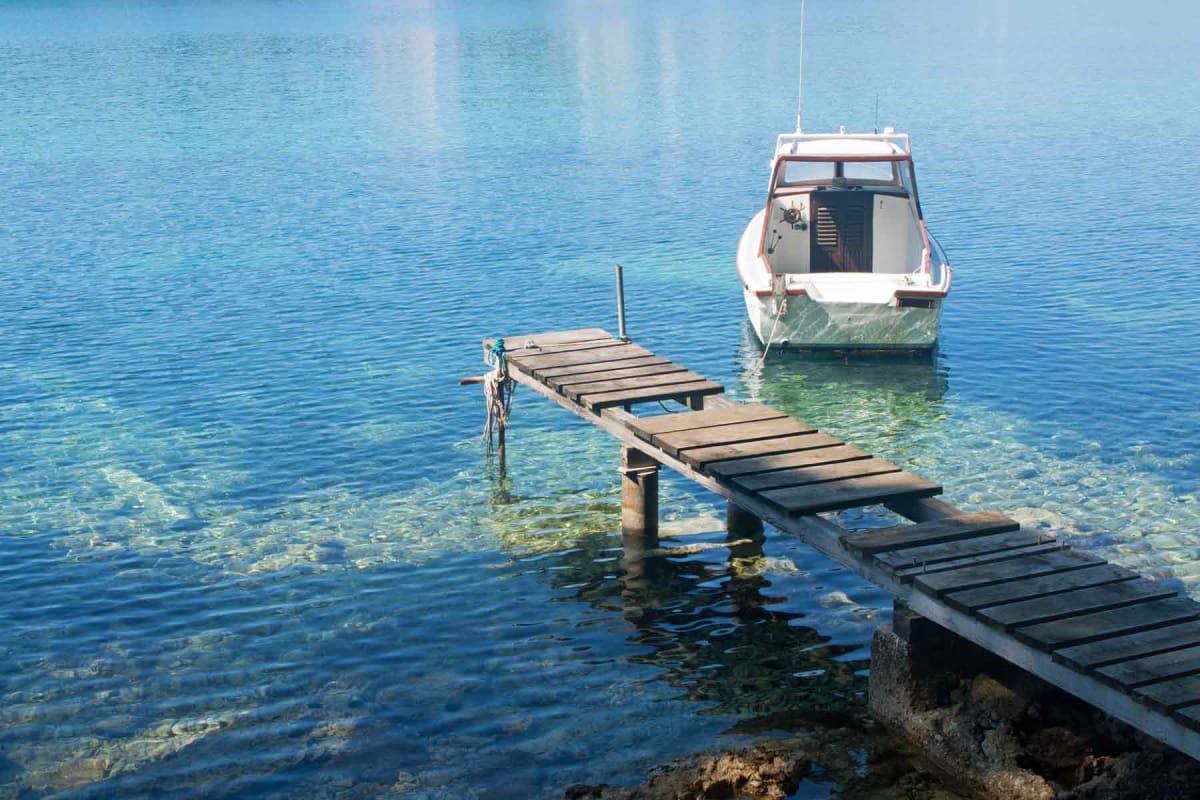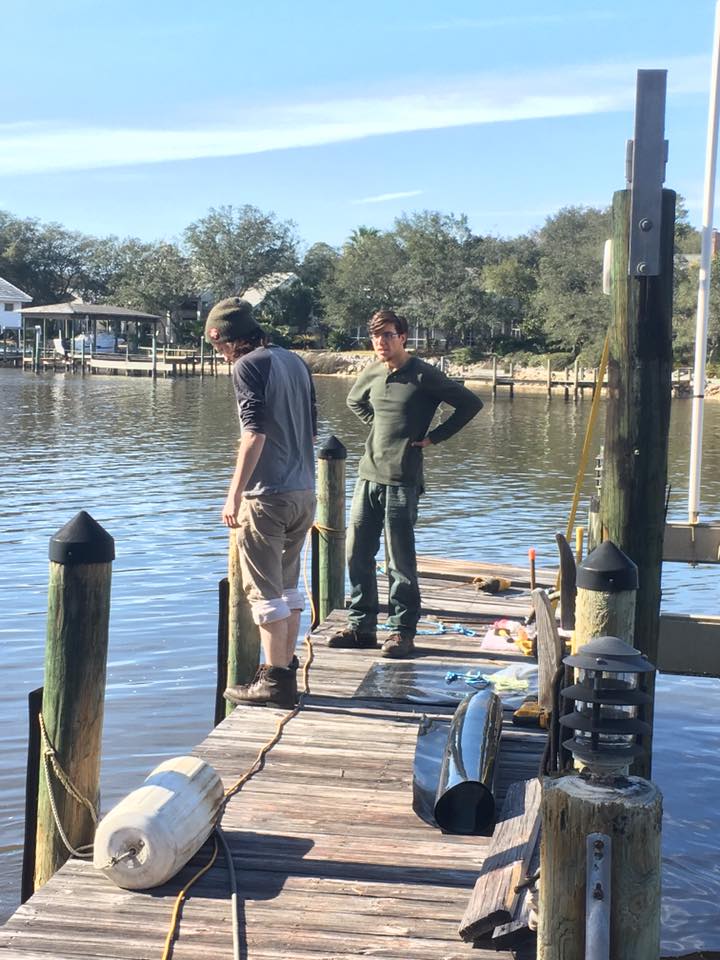DIY Tips for Simple Dock Repairs You Can Take Care Of
DIY Tips for Simple Dock Repairs You Can Take Care Of
Blog Article
How to Address Common Dock Repair Service Issues for Safe Water Tasks

Identifying Common Dock Issues
Determining common dock problems is important for keeping the capability and safety of your waterside residential or commercial property. Normal inspections can help discover troubles prior to they end up being severe, making sure both the longevity of the dock and the security of those who utilize it.
An additional usual trouble is the degradation of flotation devices. These tools are essential for maintaining the dock buoyant, and any damages or punctures can trigger the dock to checklist or sink. Frequently examining for leakages or waterlogged floats can preempt more considerable issues.
Additionally, algae and barnacle buildup on the dock's surface area can develop unsafe and slippery problems. This biofouling not only presents a threat to users however can also speed up the damage of the dock products.
Last but not least, evaluating for signs of corrosion on steel elements is essential. Rust can endanger the integrity of the dock's framework, making it dangerous. By consistently determining these common dock issues, you can guarantee that your dock continues to be protected and useful for several years to come.
Repairing Rotting Timber
When dealing with the concern of rotting timber on your dock, it is vital to act quickly to avoid additional degeneration. Begin by completely inspecting the whole structure to recognize all influenced locations. Make use of a screwdriver to penetrate the wood; if it sinks in quickly, the timber is most likely decomposed and needs immediate focus.
As soon as recognized, get rid of the rotted sections using a saw or chisel. Be certain to cut back to healthy and balanced, strong timber, guaranteeing you remove all compromised product. After removal, treat the remaining wood with a timber chemical to stop future rot. This therapy will help safeguard against wetness, which is the primary source of wood decay.
Next, change the gotten rid of sections with marine-grade lumber or pressure-treated wood, which are much more immune to water damage. Protect the brand-new items with galvanized or stainless-steel bolts to prevent rust. In addition, applying a waterproof sealant to the brand-new wood can provide an extra layer of protection.
Safeguarding Loose Boards
Exactly how do you guarantee your dock stays secure and functional for all its customers? One vital aspect is safeguarding loose boards, which can or else pose substantial hazards. Loosened boards not just boost the risk of tripping however can likewise jeopardize the architectural honesty of the whole dock.

For reinstallation, make use of stainless or galvanized steel screws, as these products supply remarkable resistance to rust in marine atmospheres. Make sure the screws are long enough to penetrate deep right into the underlying support framework, but not as long that they stick out with the dock's surface area. Pre-drilling pilot openings can aid prevent the wood from splitting.
Last but not least, keep a routine evaluation timetable to identify and address any kind of brand-new issues quickly. By safeguarding loosened boards effectively, you add to the total safety and security and long life of your dock, making it a reliable platform for water activities.
Supporting Unsteady Pilings
Making certain the stability of unstable pilings is vital to keeping a practical and safe dock. Unstable pilings can jeopardize the whole structure, posing significant threats to users and possibly leading to pricey fixings. The very first action in maintaining these necessary components is a thorough assessment. Take a look at the pilings for indications of rot, damages, or changing. Use a degree to inspect for upright placement and ensure they are driven deep sufficient into the substrate to give sufficient assistance.
If the pilings are discovered to be unpredictable, one reliable technique for support is using extra supporting. Cross-bracing with dealt with lumber or galvanized metal can significantly improve stability. Anchor the braces securely to both the pilings and the dock framework to disperse lots equally.

Routine maintenance and routine review of the pilings' stability are essential to ensuring lasting dock security and performance.
Replacing Rusty Hardware
Resolving unsteady pilings is simply one aspect of keeping a dock's integrity; an additional critical concern is changing rusty equipment. Gradually, direct exposure to wetness and salt can lead to the oxidation and deterioration of brackets, screws, and screws, jeopardizing the entire framework's safety and security. Regular examination for rust is essential, especially after severe climate or seasonal adjustments.
When rustic equipment is determined, prompt action is required. Begin by picking marine-grade stainless steel or site web galvanized equipment, both designed to resist the rough marine atmosphere. Ensure that you have the proper devices, such as wrenches and screwdrivers, to securely remove the old, corroded items without triggering more damages to the dock.
After eliminating the rustic hardware, extensively tidy the affected areas to get rid of any type of residual corrosion or particles. Apply a rust-inhibiting primer to exposed steel surface areas prior to installing the new hardware. Tighten up all components safely to stop future loosening, and occasionally inspect the fittings to guarantee recurring stability.
Replacing rustic hardware not only prolongs the dock's life-span yet also considerably improves the security of water activities. By proactively handling advice rust, you shield both the framework and its customers, ensuring a secure and delightful waterfront experience.
Conclusion
Regular inspections and maintenance are necessary to attend to typical dock repair service problems and make sure safe water activities. By identifying and fixing problems such as rotting wood, loosened boards, unstable pilings, and corroded equipment, structural security and longevity can be dramatically boosted. The application of marine-grade products and suitable treatments further fortifies the dock versus environmental stressors. Such proactive steps add to the general safety and capability of dock structures, fostering a secure environment for water-based tasks.
Guaranteeing the safety of water tasks hinges considerably on the correct upkeep and repair of anchors (Dock Repairs). These devices are crucial for keeping the dock resilient, and any type of damage or slits can create the dock to listing or sink. By consistently determining these common dock issues, you can make certain that your dock remains safe and useful for years to come
Making sure the security of unstable pilings is vital to maintaining a functional and look at here secure dock.Normal inspections and upkeep are essential to deal with usual dock repair work problems and ensure risk-free water tasks.
Report this page